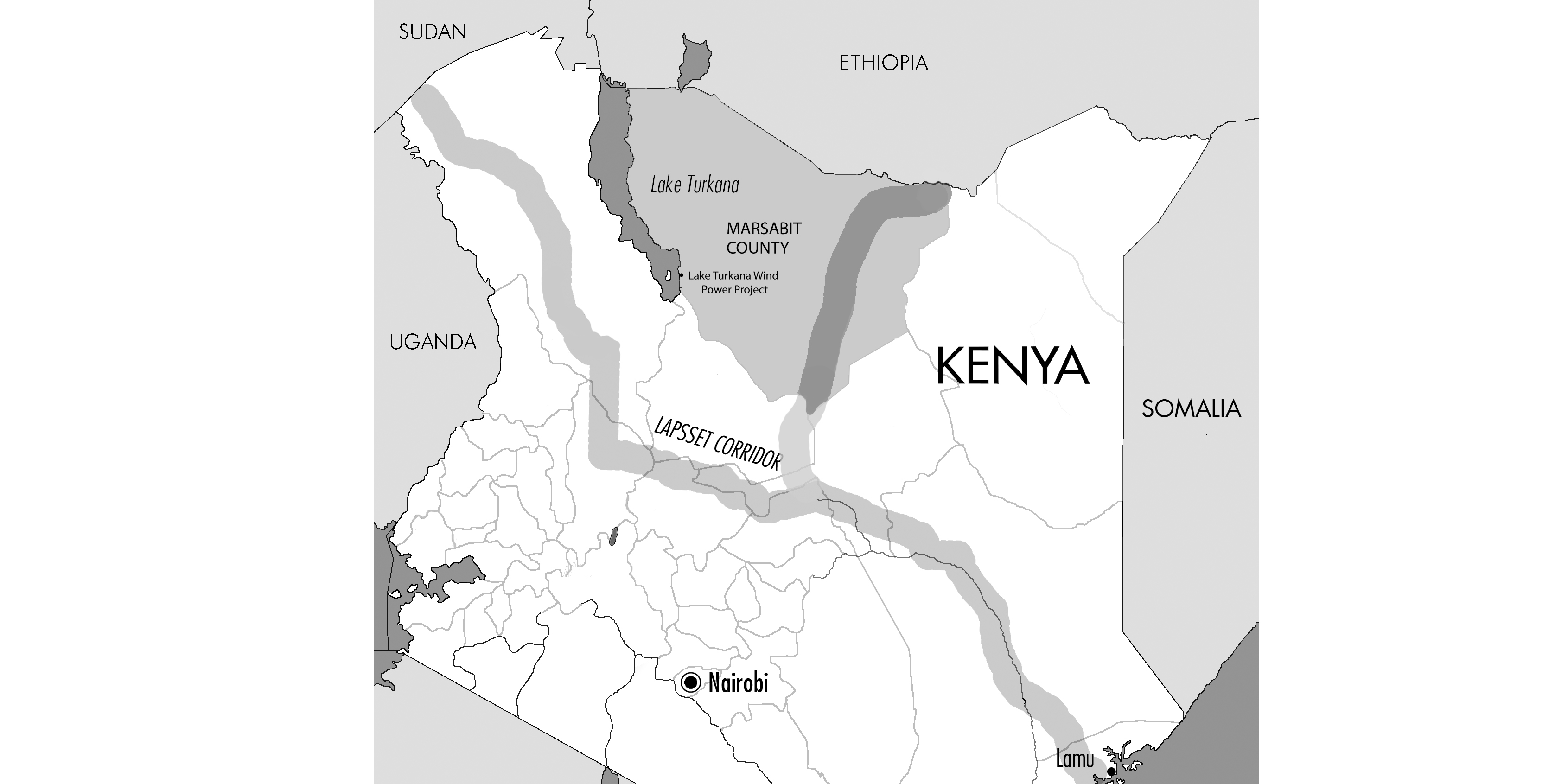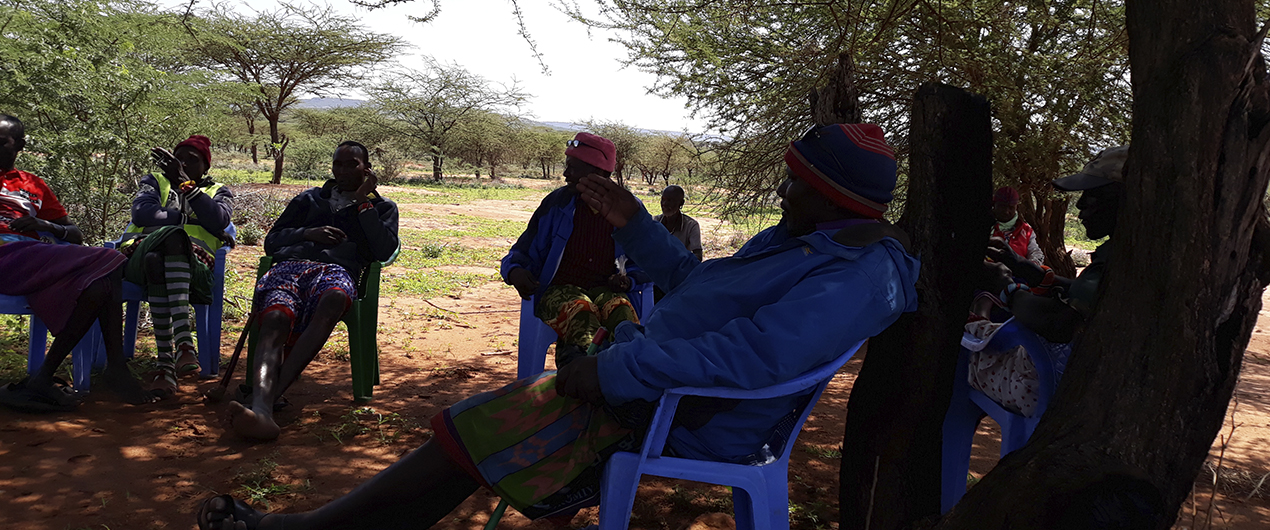
The indigenous peoples in Kenya include hunter-gatherers such as the Ogiek, Sengwer, Yaaku Waata and Sanya, while pastoralists include the Endorois, Turkana, Maasai, Samburu and others.
By IWGIA
August 15, 2019.- When the Community Land Act was adopted in September 2016, it was perceived as a great step forward for securing indigenous communities’ land rights in Kenya. However, three years after its adoption there are still more questions than answers over its implementation. IWGIA is supporting a pilot project in northern Kenya focusing on the implementation of the Act to increase awareness and develop guidelines for the process.
The main livelihood of pastoralists in Kenya—estimated to comprise 25 per cent of the national population—is increasingly being threatened by the growing rush for their land, which they rely on for livestock rearing. One of the biggest issues they face in this land rush is the dispossession and disinheritance of their lands and natural resources.
Indigenous peoples in northern Kenya are particularly affected by the many powerful forces that are becoming interested in their land and territories. The implementation of the self-described largest infrastructure project in East Africa LAPSSET (Lamu Port, South Sudan, Ethiopia Transport) Corridor Program and the Lake Turkana Wind Power project are just a few of the numerous projects that are vying for indigenous peoples’ land.

“Pastoralists in northern Kenya are experiencing a growing interest in their land due to expectations of an increasing demand for land from mega projects. It is therefore crucial that indigenous communities’ rights are recognised and protected under the Community Land Act and that it is implemented fast,” explains Marianne Wiben Jensen, Senior Advisor at IWGIA.
New Community Land Act lacks resources for implementation
Most of indigenous peoples’ land is classified as community land, meaning that under the new Community Land Act this land should be recognised, protected and registered properly.
However, even though the Act took effect in 2016, the majority of indigenous communities and local counties are still unaware of the new law and how to apply for land registration. Additionally, no budget has been allocated by the current government for the act’s implementation. This means that even if communities were made aware of the law and submitted proper applications for land titles, none of the necessary Community Land Registrars and Deputies are posted in the counties to receive and process the applications.
“The biggest issues with the implementation of the Community Land Act of 2016 is the lacking awareness of the process in the communities and the very limited support from the county and national government to support the communities in this process” says Timothy Larpei, Programme Officer at IMPACT, an indigenous rights organisation in Kenya.
Pilot project to set path for proper implementation
The Community Land Act covers both former Trust Lands and Group Ranches and it replaces the previous Group Representatives Act, whereby communities could organise themselves and have their land rights recognised on a collective basis through ‘Group Ranches’.
IWGIA finds that the Community Land Act is an important window of opportunity for achieving land tenure security for indigenous peoples in Kenya, and IWGIA is therefore supporting its partner IMPACT in carrying out a pilot project on the implementation of the Community Land Act in two group ranches in northern Kenya. These already existing entities can be converted into registered community lands and their communities represent around 15,000 community members.

The aim of the project is to support these two communities, through an inclusive process that follows the procedures of the Community Land Act, to ensure that their collective rights to their traditional land are recognised and formally registered. The project also aims at creating information material and establishing support networks that will spread information and guide other communities in having their land rights recognised and protected under the Act.
“The counties need to have more resources allocated for a successful implementation of the Community Land Act, and there is a need to establish procedures for the communities to apply for the recognition and protection of their rights. We hope that this pilot project can contribute to remove some of the current barriers that indigenous communities are experiencing to secure their future,” explains Marianne Wiben Jensen.
Support indigenous peoples’ rights
International Work Group for Indigenous Affairs (IWGIA) is a global human rights organisation dedicated to promoting, protecting and defending indigenous peoples’ rights, and we have done so since 1968. But we need your support to overcome the challenges and continue our support to indigenous peoples at the local, national and global levels.
When you support our work, you help us promote and protect the rights of indigenous peoples all over the world. No matter whether you choose to make a one-off donation, become a member or a monthly supporter, we appreciate your help and support. Read more here
Download The Indigenous World

All countries featured on our website can be found in the Indigenous World - IWGIA's global report on the rights of indigenous peoples.
Read the full text about the countries in the newest version of The Indigenous World.

Añadir nuevo comentario